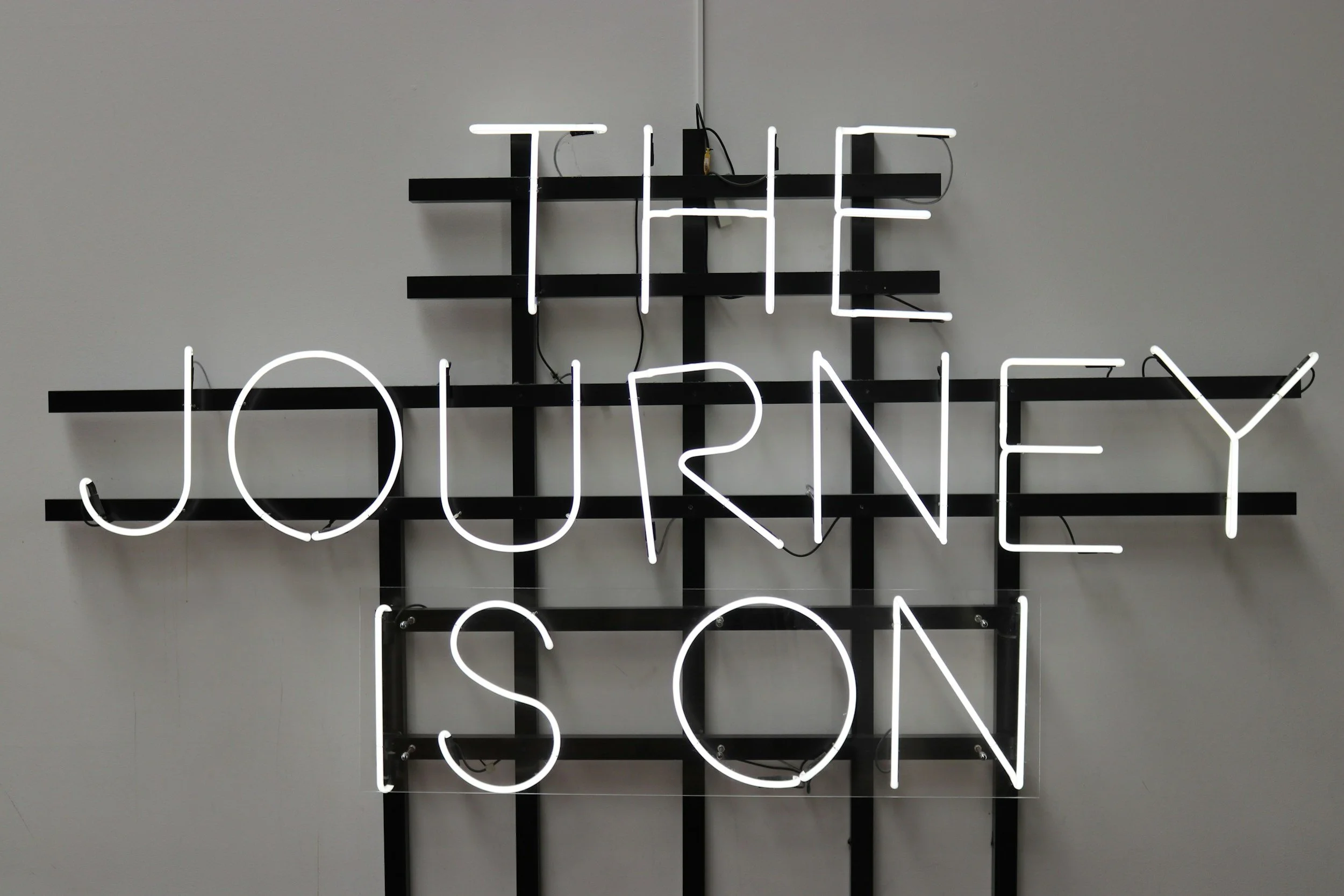
So, what exactly can is ADHD and how can I as a Parent help my child?
What is ADHD?
If you’ve ever looked at your child mid-meltdown and thought, “Why is this so hard for us?” — take a breath.
It’s not your fault. It’s not theirs.
It’s their nervous system doing its best to survive in a world that doesn’t always fit.
Understanding ADHD — Without the Labels
ADHD isn’t a character flaw, a discipline issue, or “too much energy.”
It’s a neurodevelopmental difference — a brain wired for movement, curiosity, and connection.
These kids don’t struggle because they don’t care.
They struggle because their brains are interest-based, not importance-based.
If something lights them up, they can focus for hours.
If it doesn’t, their brain literally can’t hold the attention long enough — no matter how many reward charts you try.
That’s why your child can:
Build an entire Lego world from memory… but forget where their shoes are.
Recite every Pokémon stat… but “lose focus” during homework.
Hear you the third time, but not the first — because their brain filters input differently.
This isn’t defiance.
It’s dysregulation — a nervous system doing its best to find balance in a world that often feels too much or not enough.
And when that system gets overwhelmed, you might see it as:
Bursts of anger or tears that come out of nowhere
Avoidance (“I don’t want to!” really means “It feels too hard”)
Movement, fidgeting, or talking non-stop — all self-regulation in disguise
But beneath every big emotion is a brain trying to feel safe, capable, and connected.
The Reframe
Your child isn’t “oppositional” — they’re protective.
They’re not “lazy” — they’re low on dopamine.
They’re not “too sensitive” — their nervous system feels everything.
When we stop labeling and start understanding, we stop fighting the child — and start helping the brain.
Beneath the Behavior
When your child explodes over the “wrong” color cup or collapses into tears because you said no, it’s not attitude — it’s dysregulation.
Their brain has flipped into survival mode.
They’re not trying to make life hard.
They’re trying to make it feel safe again.
What looks like “bad behavior” is often a nervous system saying, “I’m overwhelmed.”
You might see it as:
Big reactions to small problems
Endless movement, chatter, or humming
Avoidance, procrastination, or “shutting down” completely
But underneath those behaviors are signals — not defiance.
Signals that your child’s nervous system is flooded, overstimulated, or out of balance.
And here’s the part that changes everything:
When your child’s nervous system spikes, yours often follows.
That’s not weakness — that’s biology.
Our bodies are wired to mirror the people we love.
So when your child escalates and you feel your heart rate rise too?
That’s your nervous system trying to keep up.
That’s the dance between parent and child — one brain’s stress activating the other.
But here’s the hope: once one nervous system calms, the other follows.
That means your calm isn’t powerless — it’s contagious.
The Parent–Child Regulation Link
Your child’s nervous system doesn’t learn calm from words — it learns calm from you.
When you slow your breath, their brain reads it as safety.
When you soften your tone, their body releases tension.
When your eyes say “we’re okay,” their heartbeat begins to sync with yours.
That’s not wishful thinking — it’s co-regulation, the biological dance between your nervous systems.
You and your child are literally wired to mirror each other’s state.
“You can’t co-regulate if you’re running on empty.”
And that’s where so many of us get stuck.
We try to teach calm we don’t actually feel.
We pour from a nervous system that’s already running on fumes.
But your calm isn’t a luxury — it’s your family’s anchor.
When you learn to steady yourself first, everything shifts: your tone, their response, the energy in the room.
The storm passes faster because someone in the house finally knows how to hold still in the wind.
That’s what we build together here — not perfect parents, but regulated ones.
Because a regulated parent creates a regulated home.
Why Traditional Strategies Don’t Work
If sticker charts, consequences, and time-outs actually worked long-term, you wouldn’t be here reading this.
It’s not that you’re doing it wrong — it’s that those tools were never designed for a dysregulated brain.
ADHD isn’t about motivation.
It’s about regulation — and no amount of praise or punishment can rewire a nervous system that’s in fight, flight, or freeze.
When your child’s body is flooded with stress hormones, their “thinking brain” (the prefrontal cortex) literally goes offline.
That’s the part that helps them listen, plan, follow directions, and care about consequences.
So in those moments, they can’t do better — not because they don’t want to, but because they’re physiologically unable to.
That’s why “calm down” doesn’t calm them.
Why reward charts stop working after a week.
Why taking away screen time feels like lighting a match instead of putting out a fire.
The goal isn’t control — it’s safety and connection.
When your child feels safe in your presence, their brain reopens for learning, reasoning, and cooperation.
That’s when change happens — not because they fear you, but because they trust you.
So we stop managing behavior and start supporting biology.
Because once the nervous system feels safe, everything else starts to click into place.
What ADHD Needs to Thrive
ADHD isn’t something to “fix.”
It’s something to support.
When the environment starts meeting the child’s brain where it actually is — not where we wish it would be — everything begins to settle.
Here’s what helps most ADHD brains feel safe, capable, and connected:
✅ Predictability and clear routines.
Structure creates safety. When kids know what’s coming next, their nervous system can finally relax.
✅ Movement breaks and sensory outlets.
Wiggling, pacing, humming — it’s not misbehavior, it’s self-regulation in action. Build movement in, not out.
✅ Emotional safety and connection.
Children behave better when they feel better. A calm tone, soft eye contact, or one kind word can regulate faster than any lecture.
✅ Structure that fits their wiring.
Visual schedules, timers, checklists — not to control them, but to externalize what their brain struggles to hold.
✅ Grace — for both of you.
ADHD brains are learning to regulate. So are you. Compassion turns mistakes into repair.
When the brain feels safe, behavior follows.
When the body feels understood, cooperation returns.
And when parents feel calm, everything else begins to align. 🌿
Parenting a child with ADHD can feel like walking on eggshells while juggling chainsaws — blindfolded — while someone reminds you to “just stay calm.”
You love your child more than anything, but some days it feels like you’re living in survival mode too.
Every morning starts on high alert. Every evening ends with guilt.
You’re trying to hold everything together while your nervous system is quietly screaming for a break.
Here’s what no one tells you:
Calm isn’t a personality trait — it’s a trainable state.
It’s not about being endlessly patient; it’s about teaching your body how to come back from chaos faster.
Once you start regulating your nervous system, you’ll begin to:
✅ Respond instead of react.
You’ll feel that extra second of space between the trigger and your words — and use it.
✅ Recover faster after tough moments.
You’ll repair sooner, forgive yourself quicker, and move on without spiraling.
✅ Feel confident again in your role.
Because when you understand what’s happening in your child’s brain (and yours), you stop taking every outburst personally.
✅ End the day with compassion, not guilt.
You’ll still have hard moments — but they won’t define you anymore.
You don’t need to be the “perfect” parent.
You just need the tools, language, and support to bring your own body back to calm — so your child can find theirs too.
That’s where the real change begins.
In Simple Terms
ADHD isn’t bad behavior.
It’s a brain that experiences the world in high definition — louder, faster, brighter, and more intensely than most.
These kids don’t need to be “fixed.”
They need to be understood, supported, and met where their nervous system lives.
Your calm is the bridge to theirs.
It’s how their body learns safety, how their mind finds focus, and how connection comes back into the room.
When you regulate, your child learns what calm feels like.
Because peace doesn’t begin with quiet.
It begins with regulation — yours first, then theirs.
Start Small — Start Here
Start here:
3 Calming Scripts That Actually Work →
Free resource for those ‘oh no, it’s happening again’ moments.
Help, I’m Dysregulated! →
A 45-minute reset for your calm.
The ADHD Starter Library →
Curated reading list + daily skill plan for parents and kids.
Ort just book a FREE Intro call









